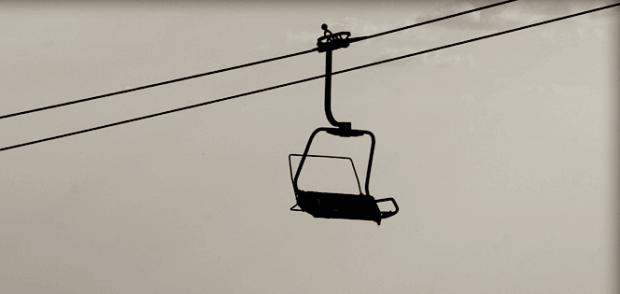
The National Ski Area Association (NSAA)
In rebuttal to Outside Magazine’s October 4th, 2016 Article,
‘Is Your Local Chairlift a Death Trap’:
October 11, 2016
Lawrence Burke
Editor-in-Chief
Outside Magazine
400 Market Street
Santa Fe, NM 87501
Dear Mr. Burke,
I write to address serious concerns arising from Outside’s recent article “Is Your Local Chairlift a Death Trap?” The exaggerated, sensational tone, the significant errors—and especially the critical omissions—are far beneath Outside’s typical standards of excellence, and do a disservice to both the ski industry as well as your readership. The article warrants some serious fact checking, and in that vein, we offer these facts for your readers to consider.
There is no transportation system as safely operated, with so few injuries and fatalities, as the uphill transportation provided by chairlifts at ski resorts in the U.S. To put things in perspective, a passenger is five times more likely to suffer a fatality riding an elevator than a ski lift, and eight times more likely to suffer a fatality riding in a car than on a ski lift. Ski areas have responsibly invested almost half a billion dollars in lift replacements, upgrades and maintenance over the past 10 years. Furthermore, ski area chairlifts are regulated. State tramway authorities and the US Forest Service regulate lift operations at ski areas. Moreover, every U.S. ski area adheres to the rigorous American National Standard (ANS) B77.1 Standard, a national consensus safety standard followed in the US and mirrored in Canada (Z98) and Europe (CEN), which is required to be updated every 5 years by ANSI regulation. There is nothing cursory about ski lift inspections. Annual inspections are conducted by state regulators, insurance companies, and the U.S. Forest Service. Additionally, ski areas conscientiously inspect their own lifts and components daily, weekly, and throughout the entire year. Finally, you won’t find an industry more transparent than the ski industry when it comes to reporting safety data. There are no skeletons in our closet. NSAA annually compiles a comprehensive report for the media and the public detailing lift incidents going back four decades. Visit the home page of www.nsaa.org for links to in-depth data on lift safety.
In closing, the ski industry is fully committed to the safe operation of our chairlifts and we have an exemplary track record to show for it. The ski industry deserves a more objective and truthful treatment of this complex topic, without resort to hyperbole and sensationalism.
Sincerely,
Michael Berry
President
National Ski Areas Association
***
Outside Magazine’s October 4th, 2016 Article:
Is Your Local Chairlift a Death Trap?


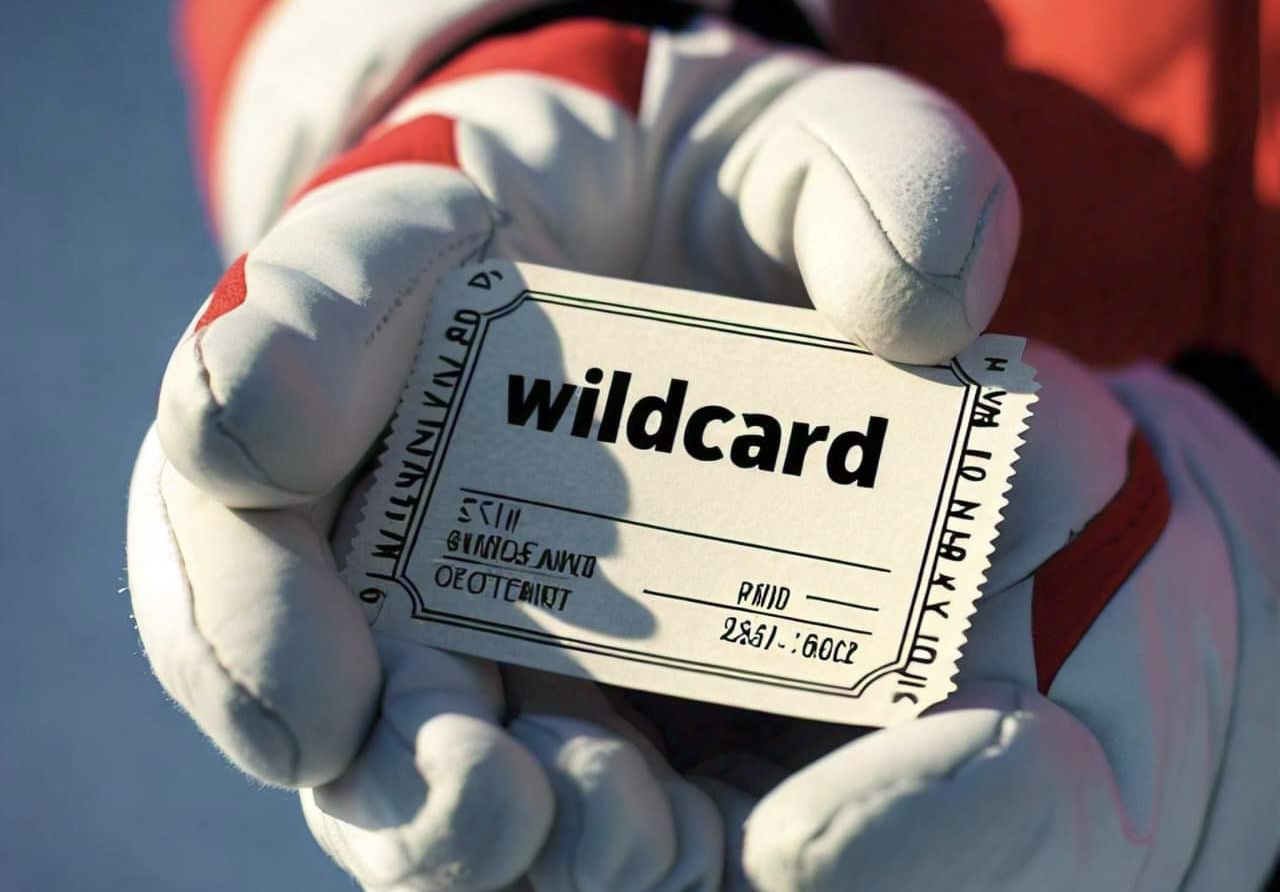
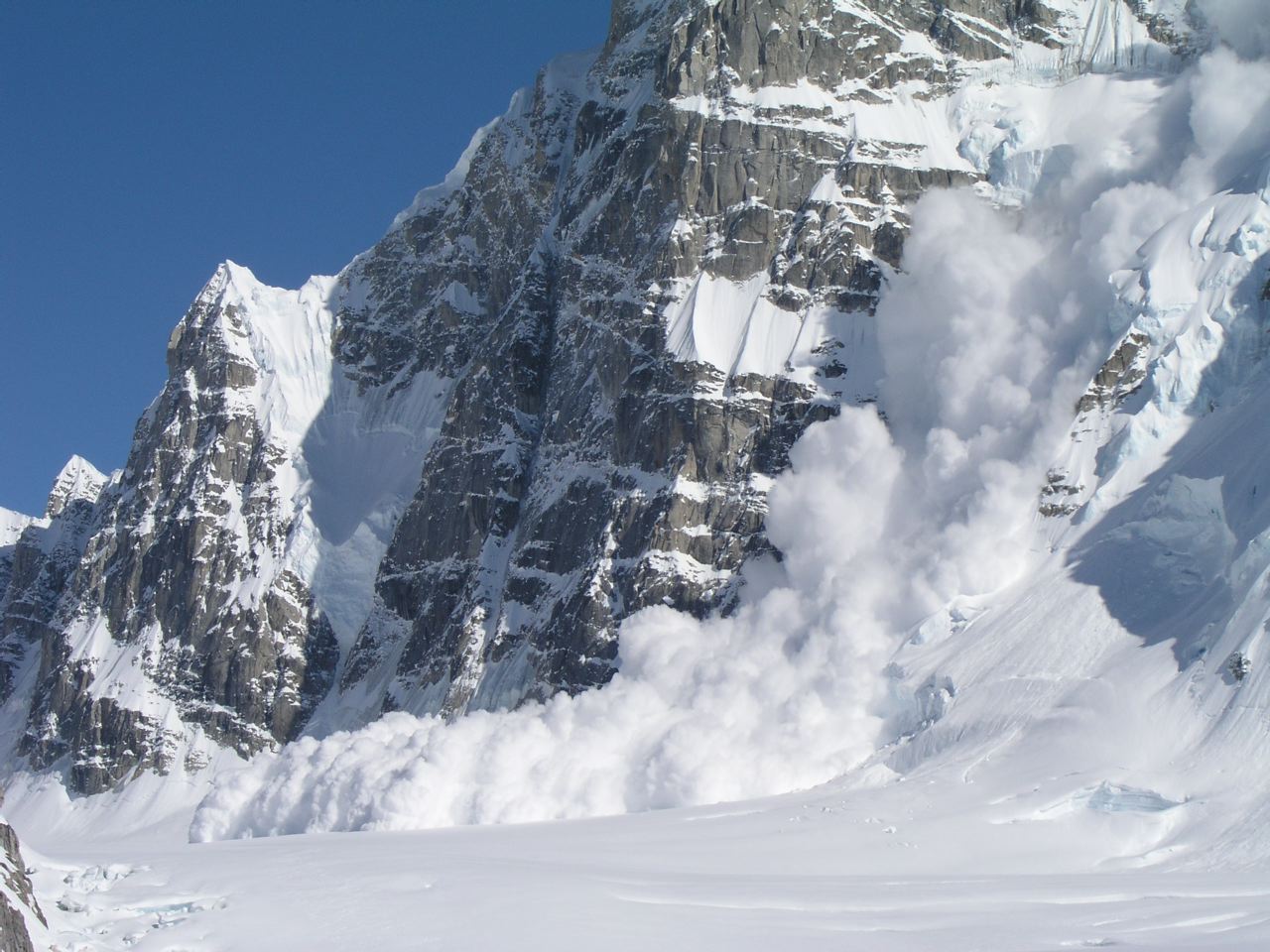
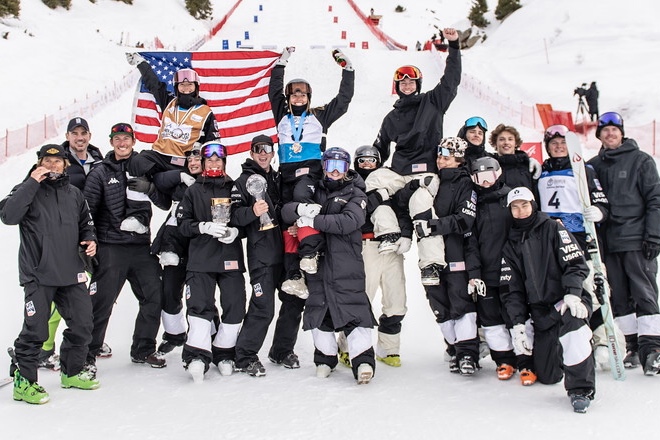
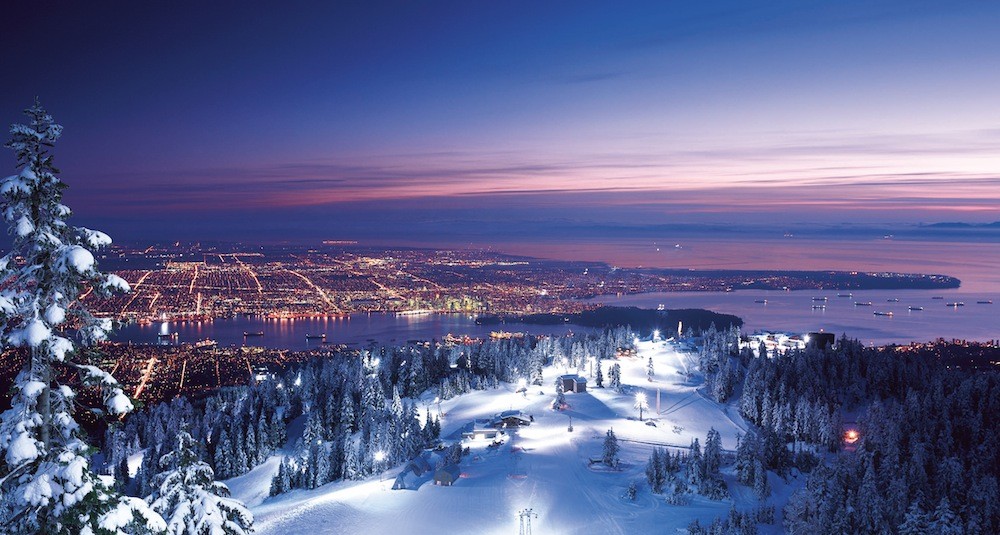
If ski lifts are unsafe, its because riders are not following safety precautions when riding. In my experience, people dont pay attention, goof off and/or ride incorrectly (ski pole straps on wrists) when loading and unloading. Snowboarders raise the safety bar too soon, if they use it at all, and scoot out to edge of chair to prepare for unloading. Safety is everyone’s own responsibility and people don’t always take responsibility for themselves.